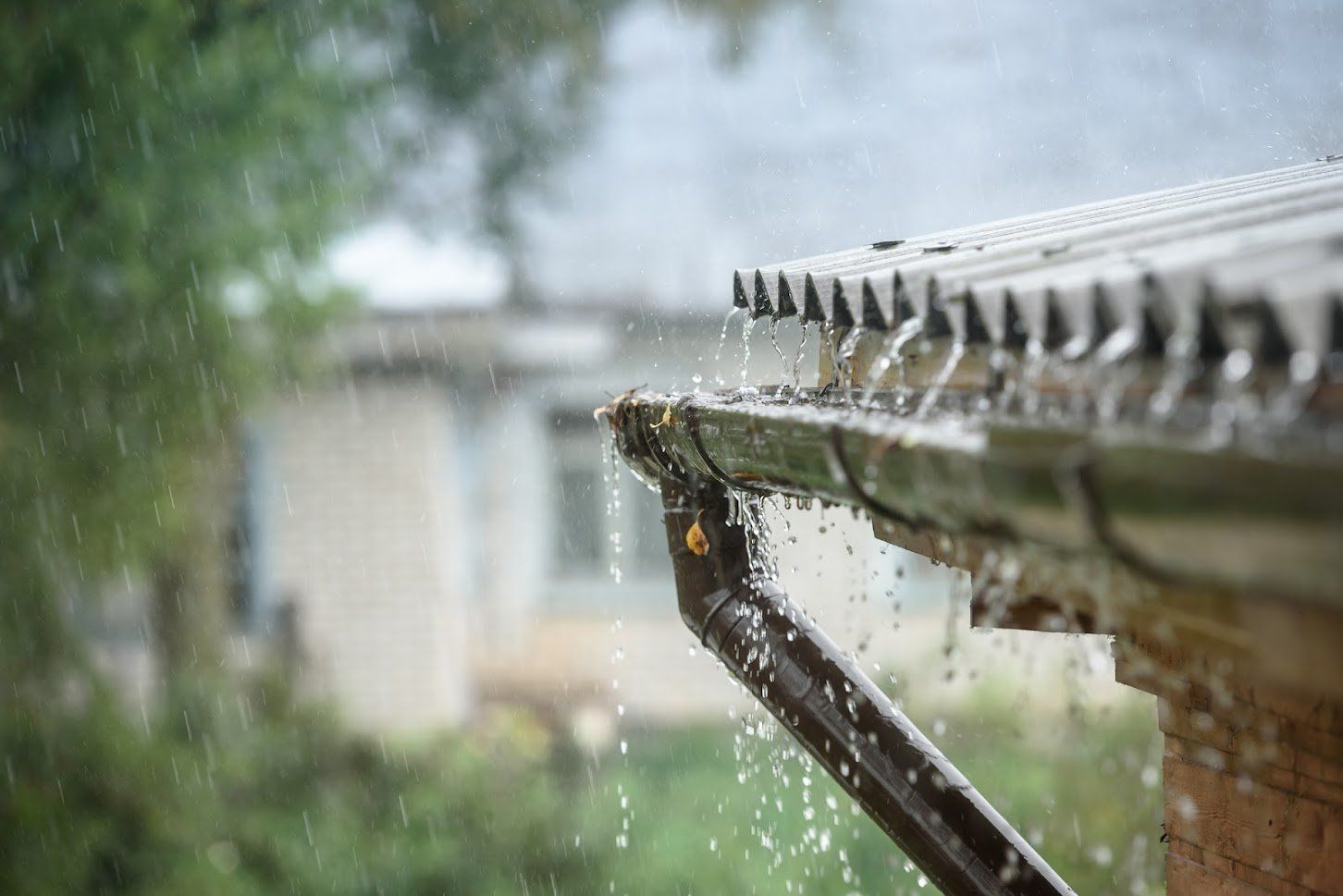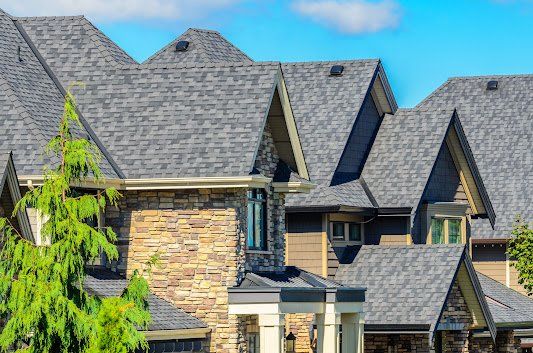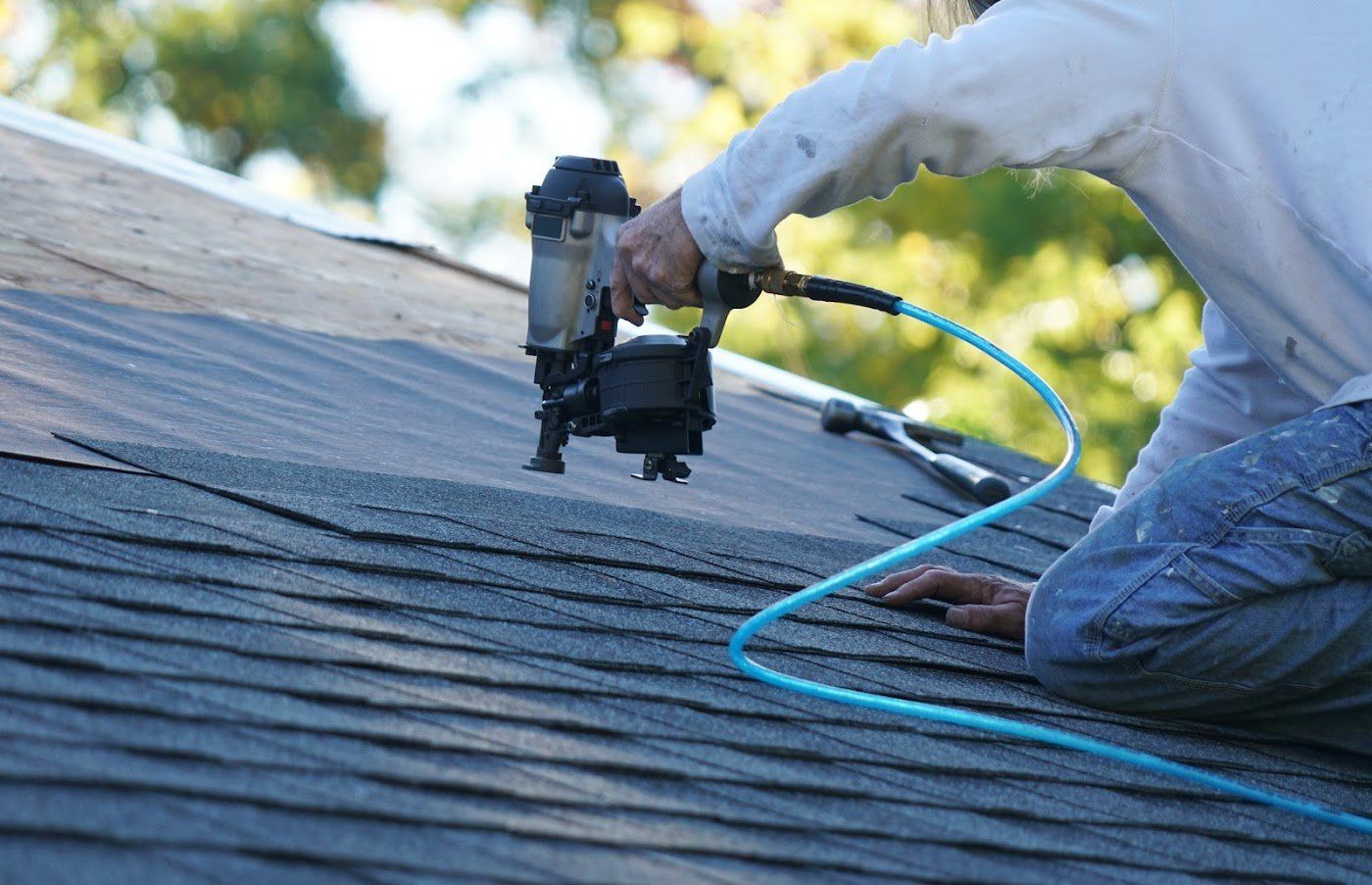3 Things to Consider When Choosing a New Shingle Color
- By Admin
- •
- 22 Jun, 2021

When you install a new roof, the color of your new shingles is one of the most important decisions you will have to make. You need to choose a color that you and your family will be satisfied with for years to come, but there are so many options available it can seem overwhelming. Here are three things to consider when you choose a new shingle color.
1. Your Home's Style and Architecture
A new roof will only look good if it is in tune with the design of the rest of your home. Pairing a shingle color with the color of your home's siding can be difficult without a designer's eye, but there are a few rules of thumb that can help you get great results.
Contrast and color temperature are the two most important factors to remember when matching shingles to your siding. Create attractive contrast by pairing light siding with dark shingles or vice-versa. Pair like color temperatures together: red shingles look great with warm beige siding, while blue or grey shingles complement cool blue siding. It's hard to find colors that don't look good together if you follow these principles.
The architectural style of your home is also a crucial consideration when you choose a new shingle color. For example, white siding with dark asphalt shingles is a trademark of colonial homes. Searching for other homes in the same architectural style as your own is a great way to get ideas for your own roof. Your roofing contractor will have likely worked on several homes similar to yours, so they may be a good source for design advice as well.
2. Local Climate
For optimal comfort in your home, you should choose a roof color that works well with your local climate. Dark shingles trap greater amounts of the sun's heat, so they can help you save on heating costs when it's cold. Light shingles are better at reflecting heat and will make it easier to keep your home cool in hot weather.
If you are interested in a roof color that won't be beneficial for your home's energy efficiency, you may be able to offset the effect by choosing the right material. People in extremely hot or cold climates can take advantage of rubberized asphalt shingles that resist heat damage like curling and blistering.
Shingles with UV-resistant coatings are another popular choice for homes in hot climates with a lot of sunlight. These shingles are coated with a white pigment when they are manufactured to protect your roof from UV damage. Both varieties of temperature-resistant shingles help to keep your home cooler and reduce the strain on your air conditioner.
3. Local Regulations
People who live in areas regulated by a Homeowners Association, or HOA, may not have as many shingle color options available to them. You will need to get your new roof installation approved by your local HOA before the project can proceed.
HOAs usually have a list of pre-approved shingle colors that homeowners can choose from. Pre-approved colors may change as the shingle color composition of your neighborhood evolves, but most complementary color choices have a good chance of being approved - as long as you don't choose the same shade as your neighbor!
Choosing a shingle color for your new roof isn't exactly straightforward, but the process is easier if you understand all the factors that may come into play. If you are interested in a new roof, call us at Ratliff Enterprises today. Our professional team will work with you to design a roof that is the perfect fit for your home!
1. Your Home's Style and Architecture
A new roof will only look good if it is in tune with the design of the rest of your home. Pairing a shingle color with the color of your home's siding can be difficult without a designer's eye, but there are a few rules of thumb that can help you get great results.
Contrast and color temperature are the two most important factors to remember when matching shingles to your siding. Create attractive contrast by pairing light siding with dark shingles or vice-versa. Pair like color temperatures together: red shingles look great with warm beige siding, while blue or grey shingles complement cool blue siding. It's hard to find colors that don't look good together if you follow these principles.
The architectural style of your home is also a crucial consideration when you choose a new shingle color. For example, white siding with dark asphalt shingles is a trademark of colonial homes. Searching for other homes in the same architectural style as your own is a great way to get ideas for your own roof. Your roofing contractor will have likely worked on several homes similar to yours, so they may be a good source for design advice as well.
2. Local Climate
For optimal comfort in your home, you should choose a roof color that works well with your local climate. Dark shingles trap greater amounts of the sun's heat, so they can help you save on heating costs when it's cold. Light shingles are better at reflecting heat and will make it easier to keep your home cool in hot weather.
If you are interested in a roof color that won't be beneficial for your home's energy efficiency, you may be able to offset the effect by choosing the right material. People in extremely hot or cold climates can take advantage of rubberized asphalt shingles that resist heat damage like curling and blistering.
Shingles with UV-resistant coatings are another popular choice for homes in hot climates with a lot of sunlight. These shingles are coated with a white pigment when they are manufactured to protect your roof from UV damage. Both varieties of temperature-resistant shingles help to keep your home cooler and reduce the strain on your air conditioner.
3. Local Regulations
People who live in areas regulated by a Homeowners Association, or HOA, may not have as many shingle color options available to them. You will need to get your new roof installation approved by your local HOA before the project can proceed.
HOAs usually have a list of pre-approved shingle colors that homeowners can choose from. Pre-approved colors may change as the shingle color composition of your neighborhood evolves, but most complementary color choices have a good chance of being approved - as long as you don't choose the same shade as your neighbor!
Choosing a shingle color for your new roof isn't exactly straightforward, but the process is easier if you understand all the factors that may come into play. If you are interested in a new roof, call us at Ratliff Enterprises today. Our professional team will work with you to design a roof that is the perfect fit for your home!



















